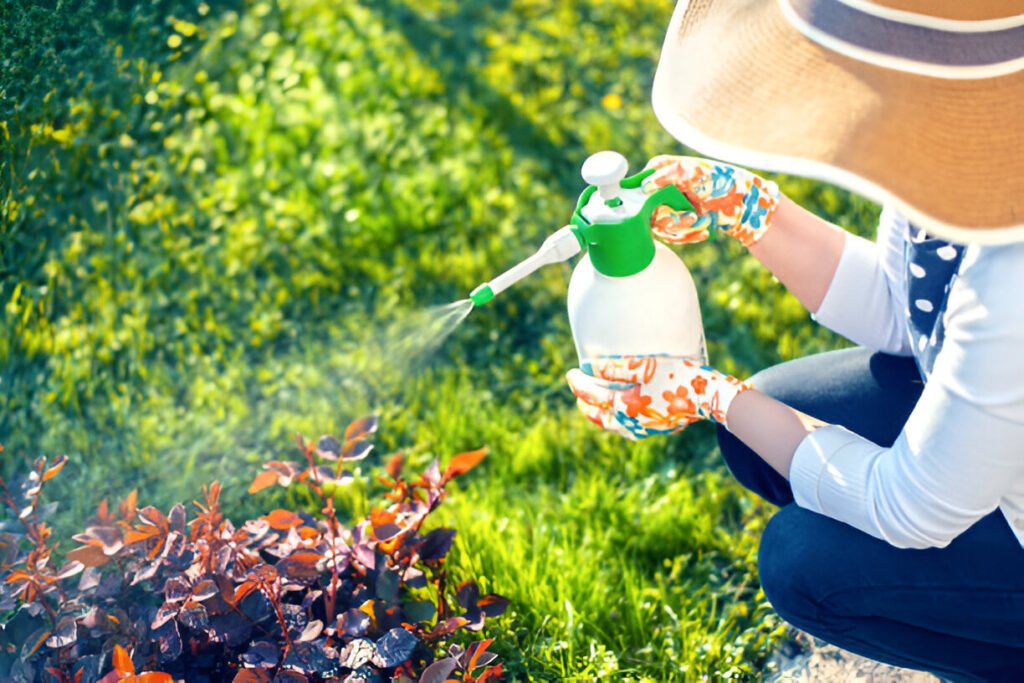Understanding the Need for Pest Control
Every gardener wants a flourishing garden, but pests can be a significant hurdle. When we talk about pest control, it’s essential to remember that we are not looking to eliminate all insects. Instead, the goal is to manage pest populations to a level that doesn’t harm our plants. Think of it like a balance scale; on one side, we have beneficial insects and healthy plants, and on the other, we have pests. Our aim is to tip the scale in favor of the good.

Common Garden Pests
Before diving into control methods, it’s crucial to recognize the culprits. Common garden pests include aphids, caterpillars, slugs, and spider mites. Each pest has its unique way of damaging plants, whether by sucking sap, chewing leaves, or spreading diseases. By understanding these pests, we can tailor our natural control methods effectively.
Natural Pest Control Methods
Natural pest control methods are diverse and can be both effective and environmentally friendly. Here are several approaches you can adopt in your garden:
Encouraging Beneficial Insects
One of the most effective control methods is to attract beneficial insects like ladybugs and lacewings. These insects naturally prey on common pests, helping to keep their populations in check. You can attract these helpful critters by planting flowers like marigolds and daisies, which provide food and shelter.
Companion Planting
Have you heard of the old saying, “two heads are better than one”? This holds true in gardening as well. Companion planting involves growing different plants together to enhance growth and deter pests. For example, planting basil near tomatoes can repel tomato hornworms while boosting tomato flavor!
Using Essential Oils
Essential oils aren’t just for aromatherapy—they can also deter pests! Oils like peppermint, rosemary, and clove can repel insects when mixed with water and sprayed on plants. Not only do they smell great, but they also serve as a natural pest deterrent.
Diatomaceous Earth
Diatomaceous earth (DE) is a powdery substance made from fossilized algae. Sprinkling DE around your plants creates a barrier that damages the exoskeletons of insects like slugs and beetles, causing them to dehydrate and die. It’s a safe and effective way to keep pests at bay without harming beneficial insects.
Homemade Pest Sprays
Making your own pest sprays can be both fun and effective. A simple mix of water, dish soap, and vegetable oil can help control aphids and spider mites. Just spray it on affected plants, and watch the pests disappear!
Trap Cropping
Trap cropping is a clever strategy where you plant a crop that attracts pests away from your main plants. For example, you could plant mustard greens, which attract aphids, to keep them off your prized tomatoes. This method not only protects your main plants but can also be an effective way to monitor pest populations.
Maintaining a Healthy Garden Environment
A well-maintained garden is less likely to attract pests. Regularly weeding, watering, and rotating crops can help reduce pest infestations. Think of your garden as a community; the stronger and healthier the plants, the less inviting it is for pests.
Monitoring and Assessment
Regular monitoring of your garden is crucial. Check for signs of pest damage and keep an eye on plant health. This proactive approach allows you to identify problems early and implement control methods before infestations escalate.
Organic Mulching
Using organic mulch can suppress weed growth and improve soil health. Additionally, it creates a habitat for beneficial insects and can even deter certain pests. A thick layer of mulch can make your garden less appealing to unwanted visitors.
Physical Barriers
Sometimes, the best defense is a good offense. Using row covers or nets can physically block pests from reaching your plants. This method is particularly effective for crops like eartheasy cabbage and broccoli, which are prone to caterpillar infestations.
Cultural Practices for Pest Management
Adopting cultural practices, such as rotating crops and planting pest-resistant varieties, can significantly reduce pest problems. By disrupting pest life cycles and reducing their food sources, you can manage pest populations naturally.
